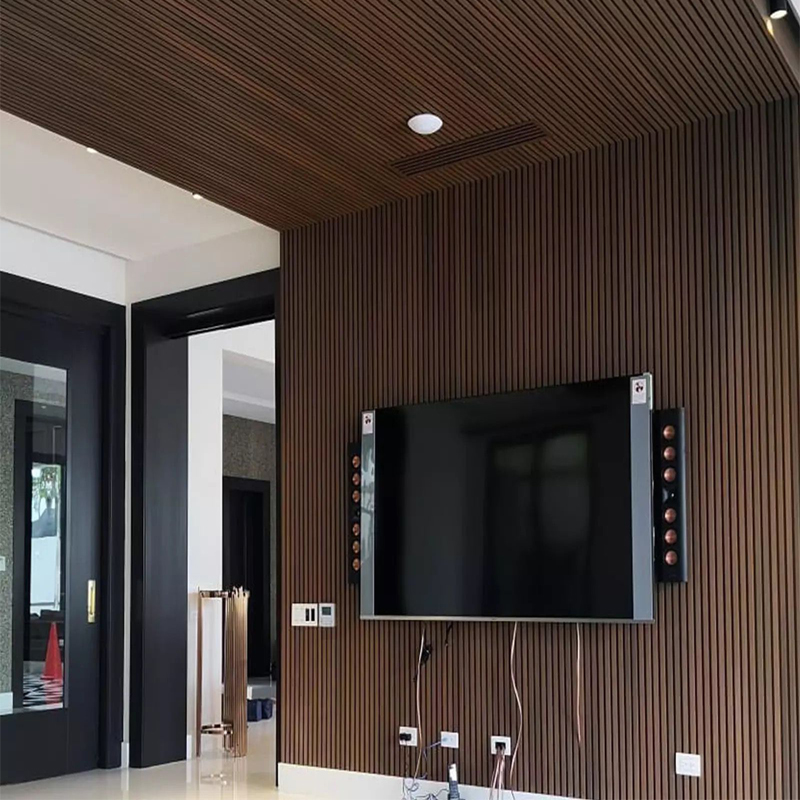Efficient Appliance Movers: Simplifying Your Relocation ExperienceEfficient Appliance Movers: Simplifying Your Relocation Experience
Relocating your home or business can be stressful, especially when heavy appliances are involved. Items such as refrigerators, washers, dryers, ovens, and freezers are bulky and require careful handling to prevent damage. Hiring professional appliance movers ensures your appliances arrive safely, efficiently, and without any stress. Whether you are moving locally, long-distance, or relocating commercial spaces, trained movers make the process smooth and reliable.
Why Professional Appliance Movers Matter
Moving appliances yourself can be a risky and time-consuming task. Professional appliance movers offer expertise, specialized tools, and efficiency to safely handle bulky and delicate items. Benefits include:
- Safety: Minimize the risk of injuries and damage to appliances.
- Efficiency: Skilled movers complete tasks quickly and carefully.
- Specialized Equipment: Dollies, straps, and lifts make moving heavy items easier.
- Peace of Mind: Your appliances arrive intact and undamaged.
Searching “appliance movers near me” helps you find local experts. For very large or commercial items, consider hiring heavy appliance movers near you to ensure specialized service.
Appliances That Require Professional Movers
A professional appliance moving service can handle a variety of appliances, including:
- Refrigerators and freezers
- Washers and dryers
- Dishwashers
- Ovens, stoves, and ranges
- Microwaves and other kitchen appliances
Hiring a reliable appliance moving company ensures that all your items are transported safely, avoiding scratches, dents, or other types of damage.
Long-Distance Appliance Moving
Not all moving companies can manage long-distance relocations. Choosing from the best long-distance moving companies that provide appliance movers ensures your items arrive safely and on time.
Steps for a smooth long distance appliance move:
- Measure Doorways and Hallways: Ensure appliances fit through all doorways and hallways.
- Secure Appliances: Wrap and strap items for safe transport.
- Coordinate Schedules: Arrange pickup and delivery times to prevent delays.
- Insurance: Protect valuable appliances during transit.
Professional movers manage these steps efficiently, reducing stress and ensuring a safe relocation.
Commercial Appliance Movers
Businesses often require specialized movers for office kitchens, restaurants, and industrial facilities. Commercial appliance movers handle:
- Industrial refrigerators and freezers
- Large ovens and ranges
- Ice machines and beverage dispensers
- Coffee machines and kitchen equipment
Hiring commercial movers minimizes downtime and ensures a smooth relocation process.
Tips for a Successful Appliance Move
Even with professional movers, preparation improves efficiency and safety. Consider these tips:
- Clear Pathways: Remove furniture, rugs, and obstacles from hallways and staircases.
- Prepare Appliances: Unplug, defrost, and drain refrigerators and freezers.
- Organize Components: Keep screws, hoses, and removable parts in labeled bags.
- Communicate Special Needs: Inform movers about fragile or high-value appliances.
These steps allow your appliance moving service to operate efficiently and safely.
Kitchen Appliances Movers
Kitchen appliances are often the heaviest and most delicate items in a home. Kitchen appliance movers use blankets, straps, and ramps to protect both appliances and your home. They are trained to move multiple appliances at once, saving time and reducing stress.
Searching “appliance movers near me” connects you with local experts trained to handle kitchen appliances safely. Professional movers ensure all items arrive intact, without scratches or dents.
Appliance Moving Checklist
A proper checklist helps ensure a smooth relocation:
- Disconnect all appliances and clean them thoroughly.
- Remove shelves, drawers, and detachable parts.
- Label and bag screws, hoses, and small components.
- Measure doorways, hallways, and staircases.
- Clear pathways of obstacles.
- Inform movers about fragile or high-value items.
Following this checklist allows your appliance moving service to operate efficiently and safely.
Frequently Asked Questions
Q: How much do appliance movers cost?
A: Costs vary depending on appliance size, distance, and service type. Local moves are often priced by the hour, while long-distance moves are typically priced by weight and distance.
Q: Can appliance movers handle fragile appliances?
A: Yes. Experienced movers are trained to handle both heavy and delicate appliances safely.
Q: Is insurance necessary for appliance moves?
A: Insurance is recommended. Many appliance moving companies offer coverage to protect your items during transit.
Q: How do I find reliable appliance movers near me?
A: Search online for appliance movers near me, read reviews, and select companies offering heavy appliance movers near me for both residential and commercial moves.
REQUEST FREE QUOTES
Moving appliances doesn’t have to be stressful or risky. Professional appliance movers provide the tools, expertise, and experience needed to ensure your items arrive safely. From local residential moves to long-distance relocations and commercial transitions, skilled movers handle every step carefully, reducing risks and saving time.
Contact appliance movers near me today to schedule your move. With professional assistance, your appliances will arrive safely, ensuring a smooth and worry-free relocation.
Moving made easy — let Buzzmoving handle it and get your free quote now!




